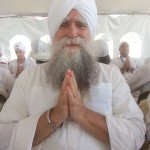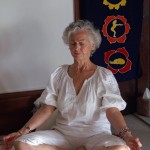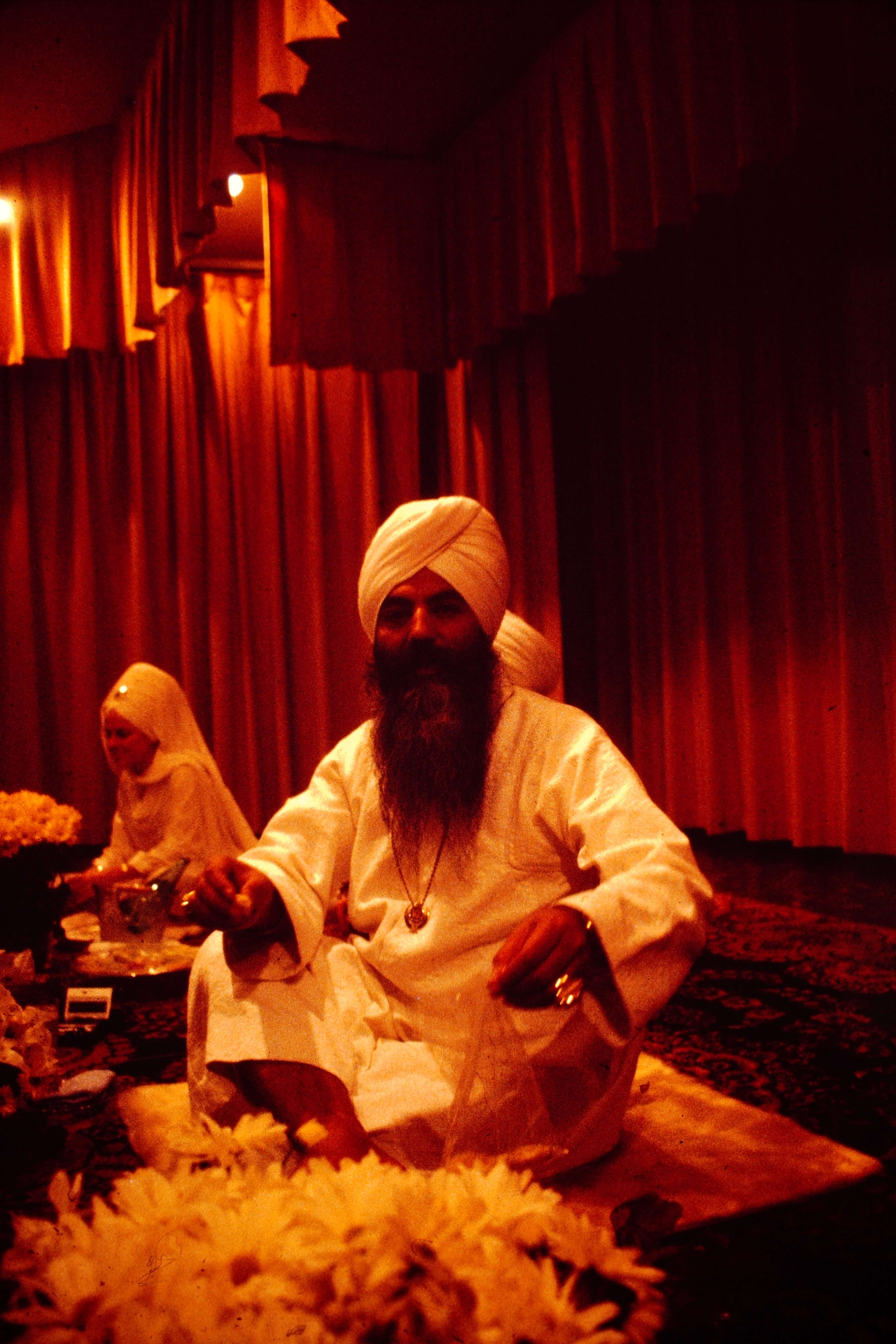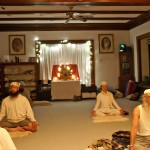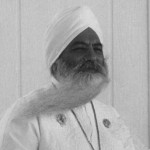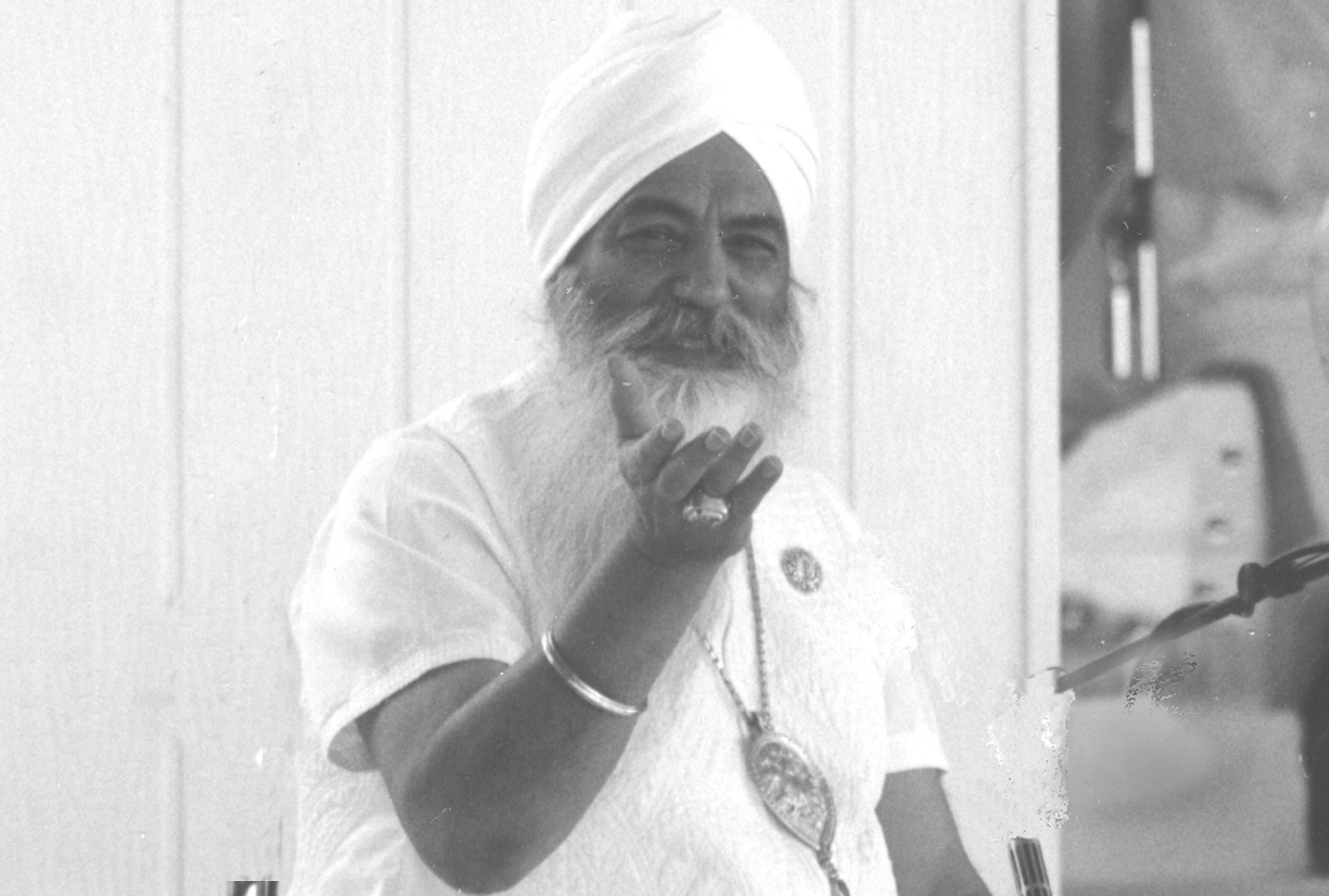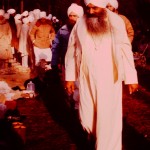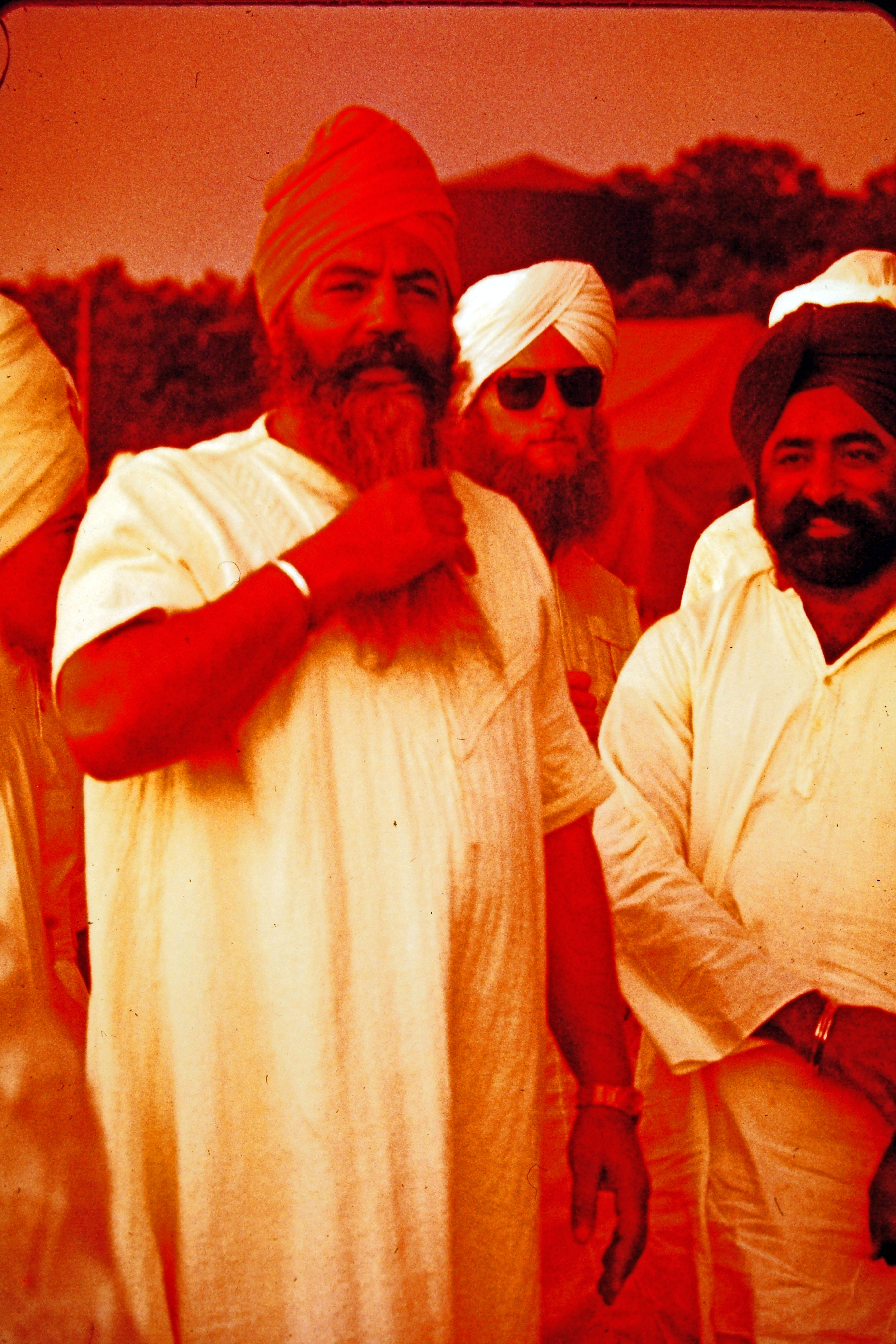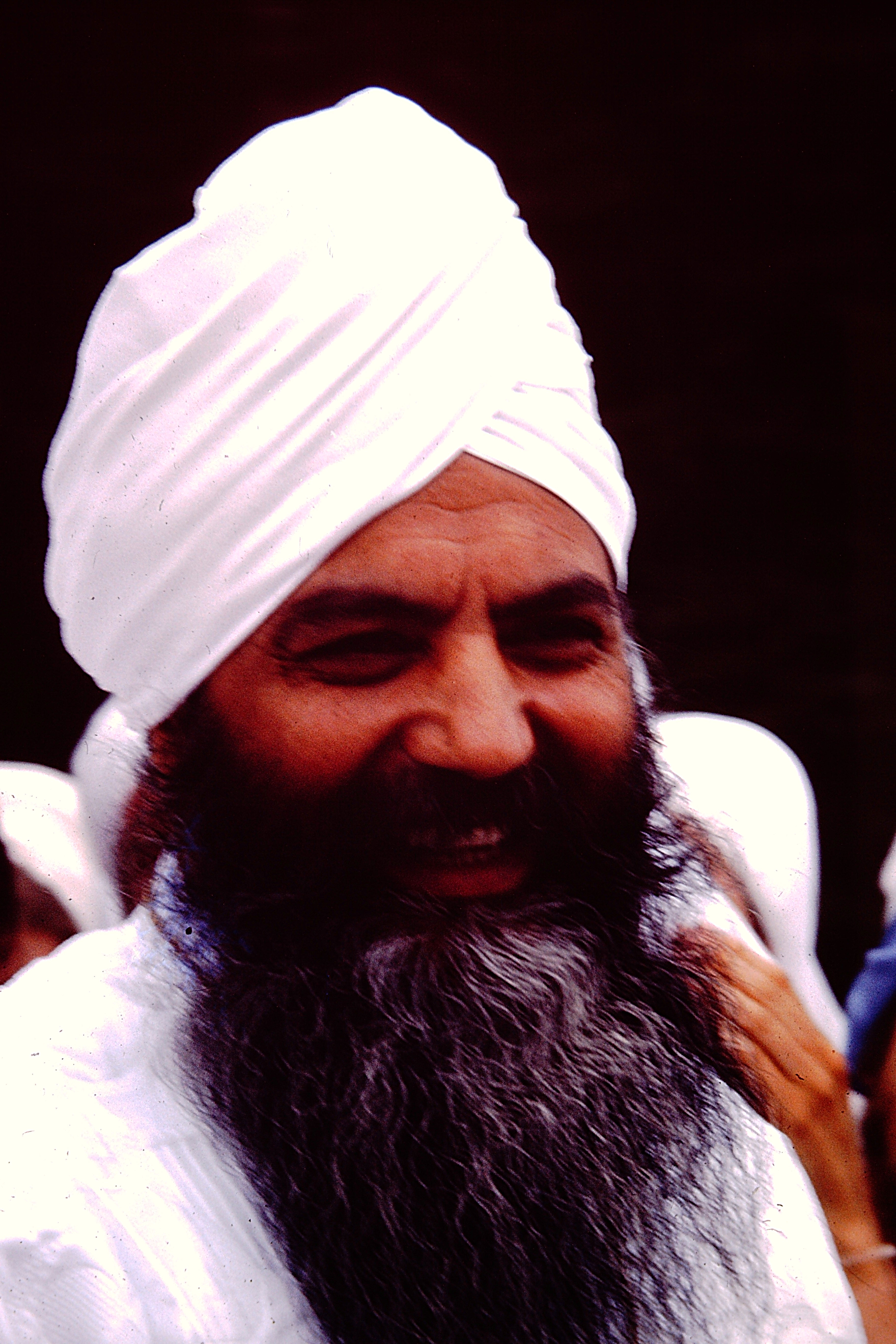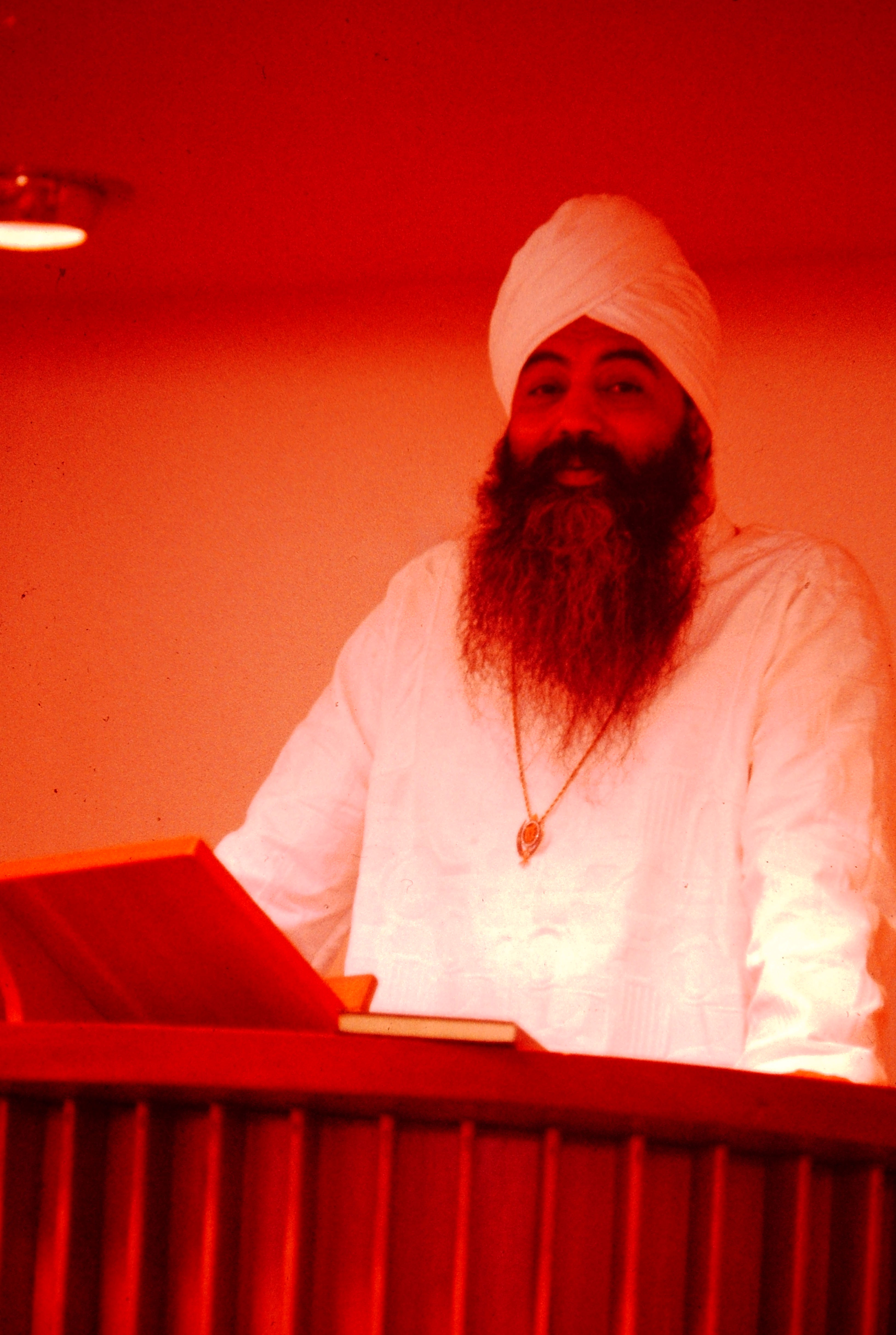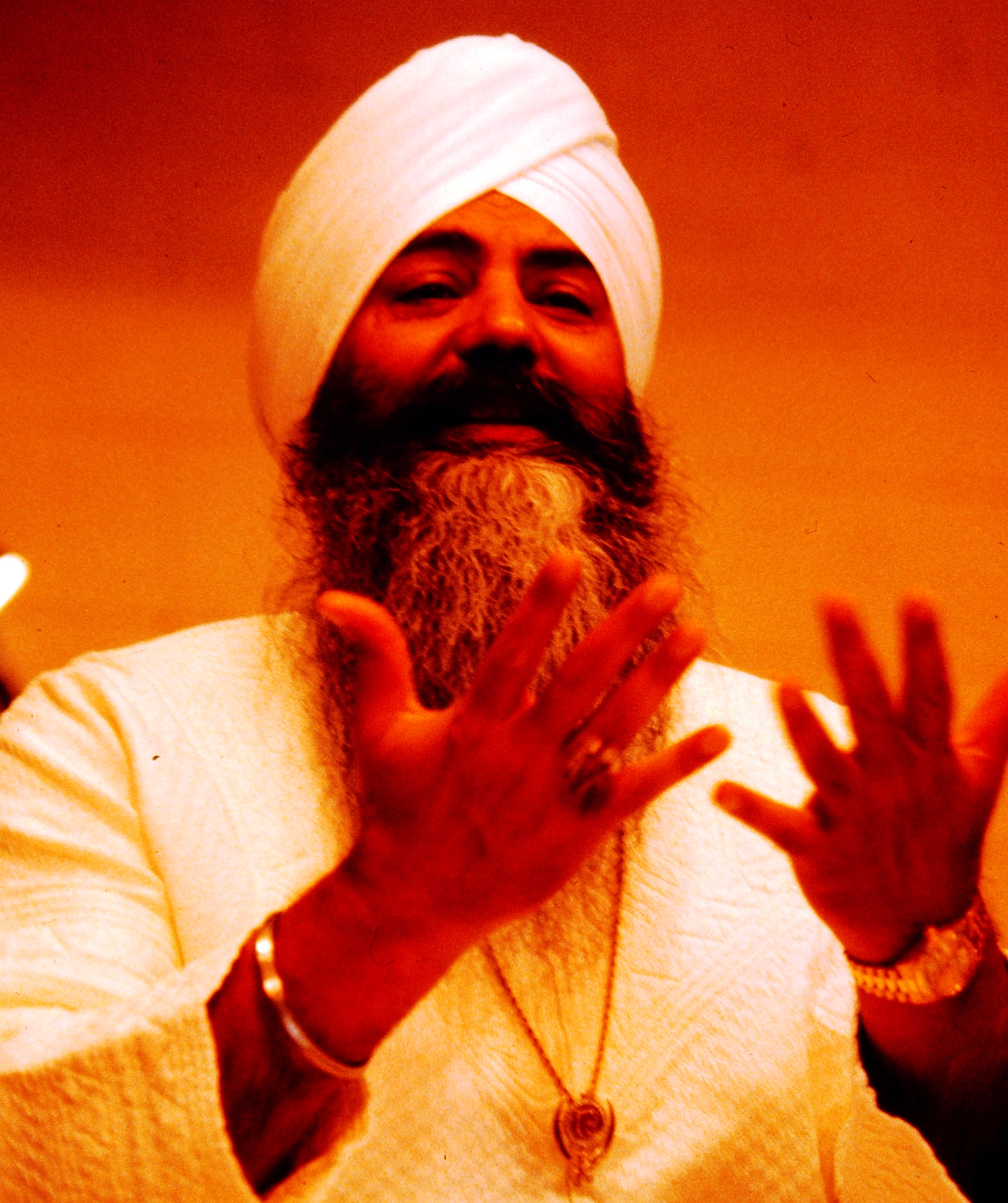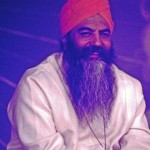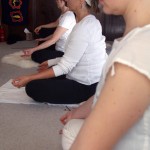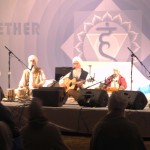What is Kundalini Yoga & Meditation?
Kundalini Yoga is the original yoga of the twenty-two schools of yoga now being practiced and so is called the “mother” yoga. A long time ago, a very long time ago, when whole communities practiced yoga, they practiced Kundalini Yoga. Many thousands of years ago, the world began to decline from a Golden Age, as it was called, and fearing for the loss of this precious knowledge, devotees of the Science of Kundalini Yoga took various parts of that science, asanas, pranaymas, meditations, etc. and vowed that they would never be lost to mankind. Passed down to disciples, generation after generation, these teachings eventually became separated and are known to us now through different teachers, teachings and yogas. But yoga, of course, means union and all these divided entities are really one and the name is Kundalini Yoga
Kundalini Yoga has been practiced for centuries in India. It was originally meant for the busy person, or householder with responsibilities. Hatha Yoga is more of a physical yoga for the monks and yogis who withdrew from the world for their spiritual practice. Both Kundalini Yoga and Hatha Yoga offer you a physical and mental well being — Kundalini Yoga just does it quicker. You can often feel the powerful effects of Kundalini Yoga after just a few minutes of practice.
Kundalini Yoga works on you and your entire system, nervous, glandular, respiratory, digestive and elimination. Kundalini actually means awareness through the manifestation of the hidden potential of the human being possessing that awareness. In the yogic tradition Kundalini energy is portrayed symbolically as a coiled serpent lying dormant (hidden potential) at the base of the spine. To raise the Kundalini means to awaken and utilize this creative energy in our everyday lives as a demonstration of higher consciousness.
Kundalini Yoga, physically speaking, is a powerful and effective way to both strengthen and stretch the muscles. It will strengthen your nervous system giving you greater capability to handle stress; it will, through inner awareness, give you a greater appreciation of the spiritual aspects of your life, whether you are Jewish, Christian, Buddhist or Moslem. The increased body flexibility gained through Kundalini Yoga will help prevent injury and avoid pain. This flexibility is important because it will translate into other areas of your life enabling you to face crisis, minor or major with alacrity and poise.
Kundalini Yoga incorporates the physical aspects of yoga, along with the mind and spirit, into an integrated system. As a result, you will gain a working understanding of the mind / body connection. Meditations, as taught in a Kundalini Yoga class, will improve your concentration; and the ability to focus your mind will improve your ability to function at your best. You will feel refreshed and alert after each session indicating a stronger and more balanced immune and nervous system. Your ability to relax, at will, is another important benefit.
Kundalini Yoga as taught at the 3HO Foundation is based on the teachings of Yogi Bhajan, Ph.D. Until he saw the needs of Americans and other Western nations, this yoga was never taught outside of India. In 1969, Yogi Bhajan brought the technology of Kundalini Yoga to the United States. He gave of his wisdom and service for nearly 35 years. As a result, Kundalini Yoga is now practiced all over the world. Kundalini Yoga class has a specific pattern and form. For example, we use the Adi Mantra to begin each and every class by “tuning in:” This will not only stabilize our breaths and synchronize them; it will also pay our respects as students and teachers to all of those down through the years from time immemorial who have continued the legacy of Kundalini Yoga. This mantra, is “Ong Namo Guru Dev Namo.” It also has a vibratory impact bringing our minds to the frame of the student. If you feel uncomfortable chanting aloud, you should sit quietly, hands in a prayerful posture at the heart center (center of the chest) and breathe deeply as the class repeats this mantra three times.
Adi Mantra
Ong
Infinite, creative and divine, which unites us all.
Namo
I call on that wisdom and energy and bow to it in reverence
Guru
Transforming energy, from darkness to jight
Dev
The subtle energy within us all.
Namo
I call on that energy and bow in reverence.
Kundalini Yoga classes always begin with this “tuning in.” Afterwards, the instructor will lead you through a series of exercises. Initially these will usually (but not always) be warm-ups including breathing techniques, stretching movements and flexing exercises meant to alert and prepare our minds and constitutions to the practice of these powerful techniques.
Kundalini Yoga is practiced in kriyas. A kriya is a set of Kundalini Yoga exercises meant to accomplish a specific purpose. Each exercise in a kriya can last 1, 1 and a half, 3, 5 or 7 minutes. The kriya will rejuvenate a component of your mind / body / spiritual system. It could be a particular anatomic system, your glandular digestive or nervous system, the kidneys, liver, or the brain. At the end of the kriya your self image and attitudes will be uplifted and adjusted into a new and healthier physical and mental state. The various parts of the body are stimulated and revived. Some people may find the exercises themselves a challenge. Or, the time required to “keep up” in the posture or movement may seem too long. Do not be discouraged if you are not perfect in your practice of Kundalini Yoga! Your instructor will give you directions for adjusting or altering the exercises or postures so you can adapt them to your abilities or limitations.
Kundalini Yoga only asks that you do the best that you can. Yogi Bhajan has said that the intention to practice Kundalini Yoga, even if we are not perfect at it, is almost as effective as actually doing the postures precisely for the prescribed amount of time. We should not cheat our bodies, minds or our intentions. We should do what we are truly capable of doing.
Kundalini Yoga stresses the importance of relaxation. In fact, the two are equally important if we are to be truly aware of our physical strengths and limitations. There are pauses between exercises and a relaxation period at the end of a kriya. This is because the body at rest will tell us as much as the body in motion. After completing the kriya, deep relaxation follows. Your body is then able to understand the positions you have just practiced and heal itself.
Kundalini Yoga and Meditation are complementary parts of a complete yoga class. The kriya prepares your body to be transformed. As a result, your mind and emotions are now calm and clear. Meditation directs your attention towards that transformation. It does not control or brainwash the mind. The mind is a powerful ally in our search for consciousness. But, you will sense and develop your “quiet mind” and your ability to concentrate. This will allow the body, mind and spirit to flow together towards a higher consciousness.
Kundalini Yoga classes also have a particular way of ending as prescribed by Yogi Bhajan. “May the long time sun shine upon you; All love surround you; And the pure light within you Guide your way on.” A long time ago, in the early seventies, Yogi Bhajan was on his way to teach a yoga class when he heard this song by a folk/rock group known as the Incredible String Band. He thought it an excellent way to end a yoga class, with everyone singing together and praying for the well being of the student and the teacher.
Kundalini Yoga generates prana (the subtle life force carried to us through the air we breathe) which enters the body and awakens the healing or kundalini energy. The purpose of Kundalini Yoga is to circulate this human prana or energy, for our own healing and the healing of others in our presence. It activates chemicals in the brain and a healthy, vibrant change in consciousness is experienced. Whether subtle or spectacular, it is effective for everyone. It really doesn’t matter what your physical ability is – but if you can breathe and move your body, you will experience the power of Kundalini Yoga.
Kundalini Yoga class does not require any special equipment, clothing or initiation. We advise you to wear loose cotton clothing such as you might wear to a gym. It is best if you do not wear socks. Bring an exercise pad if you like, but towels are available. We also have pillows to sit on (or to prop your knees with). A blanket or sheet will serve to cover you during deep relaxation. Water (filtered) is available but you might want to bring your own bottle or cup to drink from.
Kundalini Yoga will change you if you practice it steadily and strongly. You will experience the positive effects as a result of practicing Kundalini Yoga in as little as 3 minutes with increased blood circulation and endocrine (glandular) secretions. In just seven minutes of an extended meditation or exercise, our brain patterns shift and the magnetic field or aura surrounding the body is strengthened. The nervous system will become calmer and clearer after 11 minutes. The subconscious mind becomes clearer and therefore healthier. A 31-minute meditation or kriya, if you can approach perfecting it, will totally balance the endocrine secretions as well as the ethereal energy of the chakras where our physical and mental bodies intersect with the spirit. These changes persist throughout the day and are reflected by positive changes in your mood and behavior.
Kundalini Yoga is yoga for a lifetime. You may enjoy coming to a class once a week because the experience is uplifting and fun. But if you wish to effect real changes in your life and health and mental outlook then you should plan on adopting an almost daily practice of Kundalini Yoga. There are specific periods of time to break old habits and develop new ones. Often a student of Kundalini Yoga chooses a certain kriya or meditation to affect a desired health or attitude change and practices it for a prescribed number of days. For example it takes 40 days of consistent practice to break a bad habit or institute a positive habit or lifestyle change. It takes 90 days to confirm the elimination of the bad or the establishment of the new behavior. After 120 days, the new habit is you. In 1,000 days you will have mastered it.
Yogi Bhajan On Sadhana:
“You have to understand the purpose of life, the purpose of life is to do something which will live forever.”
― Yogi Bhajan

